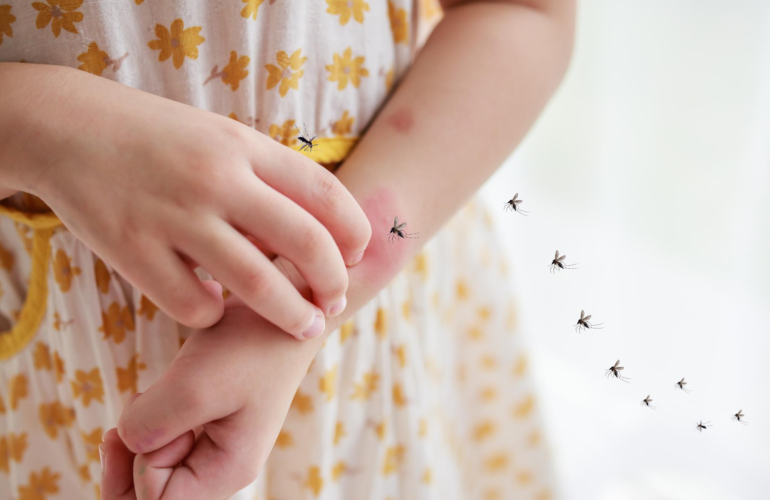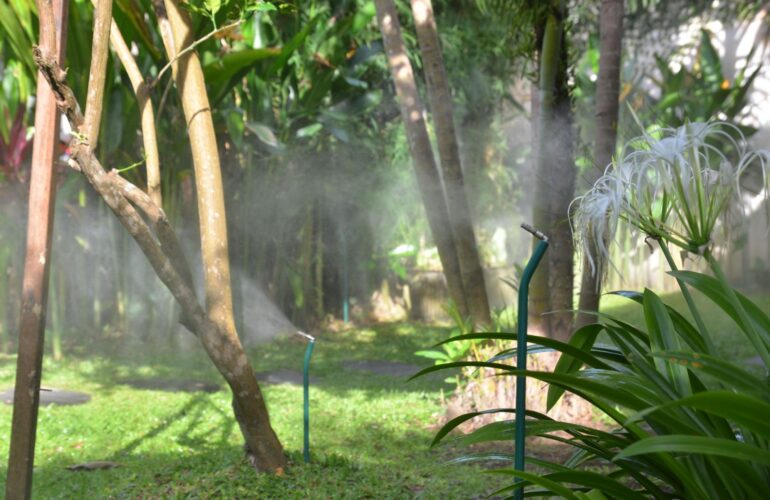Aedes albopictus is distinguished by the pattern of white and black stripes along its palpus and tarsi, and its thorax can be seen a vertical white line in the center (thorn-like scale). Aedes albopictus is commonly known as Asian tiger mosquito. Female Aedes albopictus lay their eggs along the side of artificial or natural containers. Their eggs are able survive in dry condition without water and stay in dormant stage up to six months. Along with Aedes
Aedes albopictus is an ecologically adaptive, Aedes albopictus is well known vector of dengue hemorrhagic fever, chikungunya, and yellow fever which is able to transmit arboviruses from infected person to the next person through their saliva when they bite. They are originated in tropical area in South-East Asia, and now have spread globally. This species chooses habitat based on availability of food sources and good climatic factor for reproduction and developing. They tend to choose vegetation and utilize natural habitat to grow and develop, yet they could be found in human-dominated area, urban and sub-urban environment. Aedes albopictus larvae can be found in natural and artificial containers including, bamboo trunks, plant axils, bird baths, clogged gutter, tree holes, and plant pots.
No major difference among other mosquito species, the female Aedes albopictus has longer lifespan than the male. Their lifespan depends on environmental factors including high humidity and suitable temperature, the average of female lifespan is 30-42 days while the male could live up to 10 days. Aedes albopictus actively search for feed and mate during early morning (6 am – 9 am) and early evening (3 pm – 6 pm). After feeding or mating, they would rest in area where a canopy is present and ample space and containers for egg laying.





[…] 75% increase from 705 in 2021. It’s an incredibly painful disease caused by the Aedes aegypti or Aedes albopictus breed, which is easily spotted via prominent black and white stripes on its body and […]
[…] yourself and your family about the dengue mosquito. Keep an eye out for the Aedes aegypti or Aedes albopictus breed, which is easily spotted via prominent black and white stripes on its body and […]